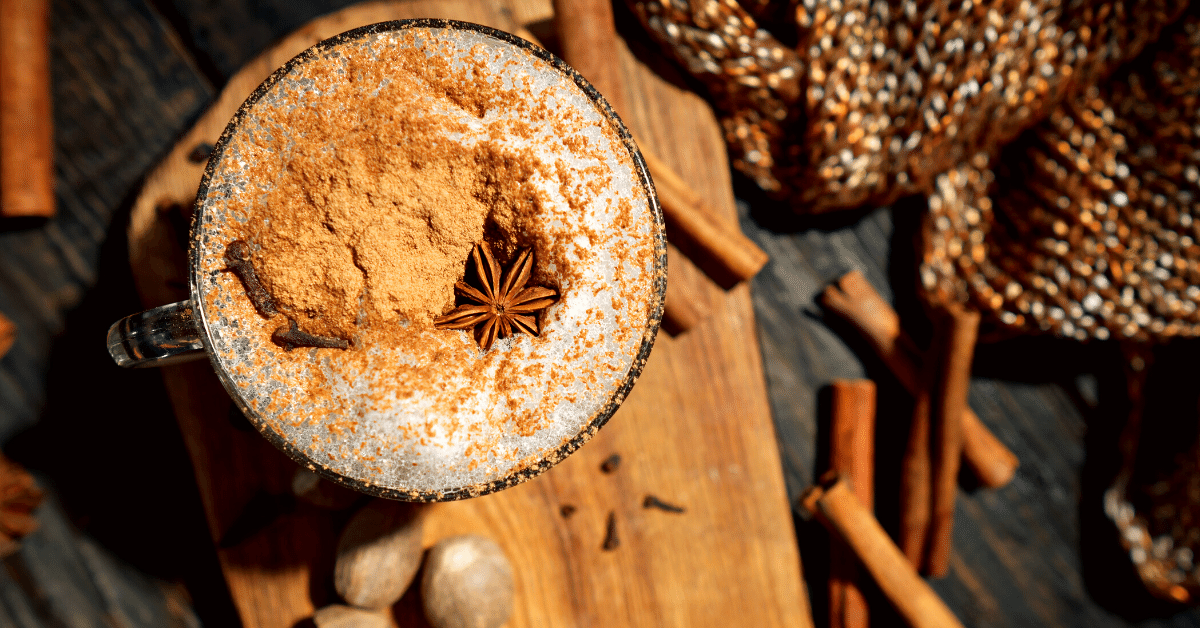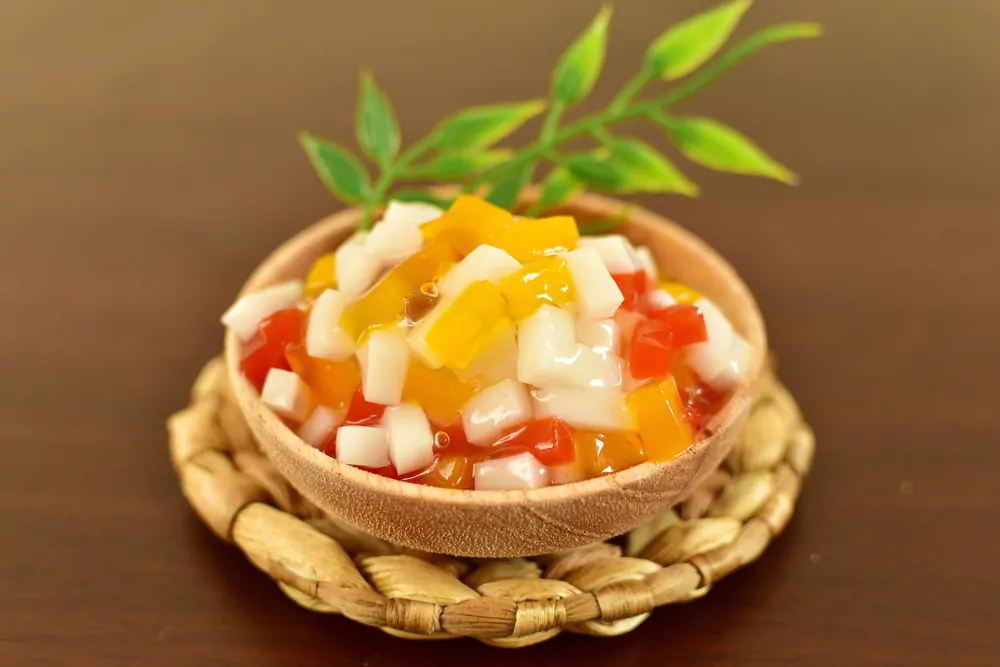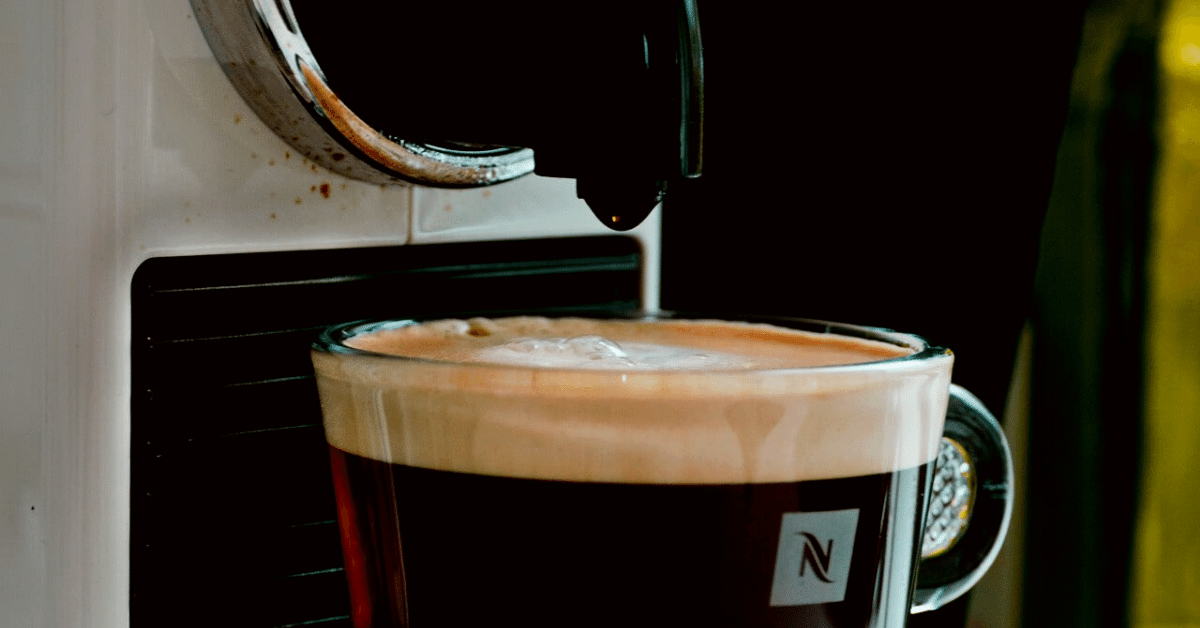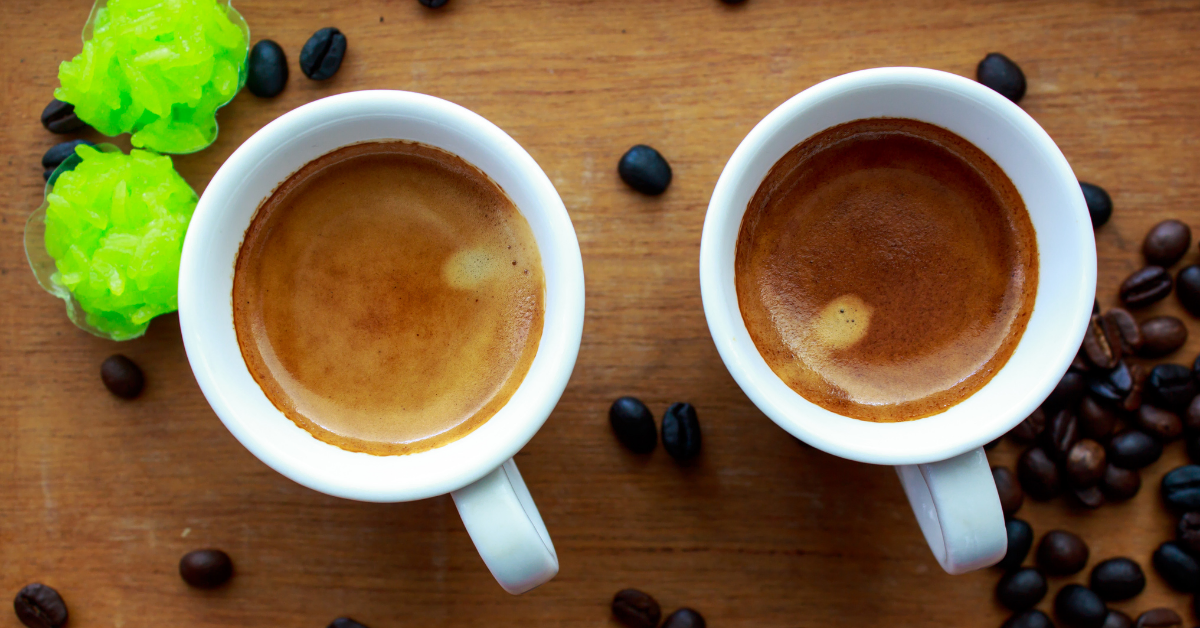Lattes are one of the most consumed coffee drinks in the world, and now you’re wondering:
Are lattes hot or cold?
Is there a perfect temperature for a latte?
What makes a good latte?
I’ll answer all these questions and give you some tips on what to look for.
Let’s get into it!
What makes a latte?
Whether hot or iced, lattes are made with espresso and milk.
The difference between lattes and other types of espresso-based drinks is the ratio of espresso to milk.
A 1:3 ratio of espresso to milk is the ratio usually used for lattes. A 1:2 ratio is a cappuccino, and a 1:1 is a cortado.
There are other small differences between these drinks, but the amount of milk is the biggest.
There are variations on the standard latte that have different names. Adding steamed milk to black coffee gives you a “cafe au lait.” Adding warmed but not foamed milk to an espresso gives you a “flat white.”
Black coffee with cold milk poured over ice is simply iced coffee or sometimes even cold brew coffee(though there’s a big difference between the two).
Lattes are always espresso-based, meaning a latte will give you at least one shot of espresso.
Are lattes supposed to be warm or cold?
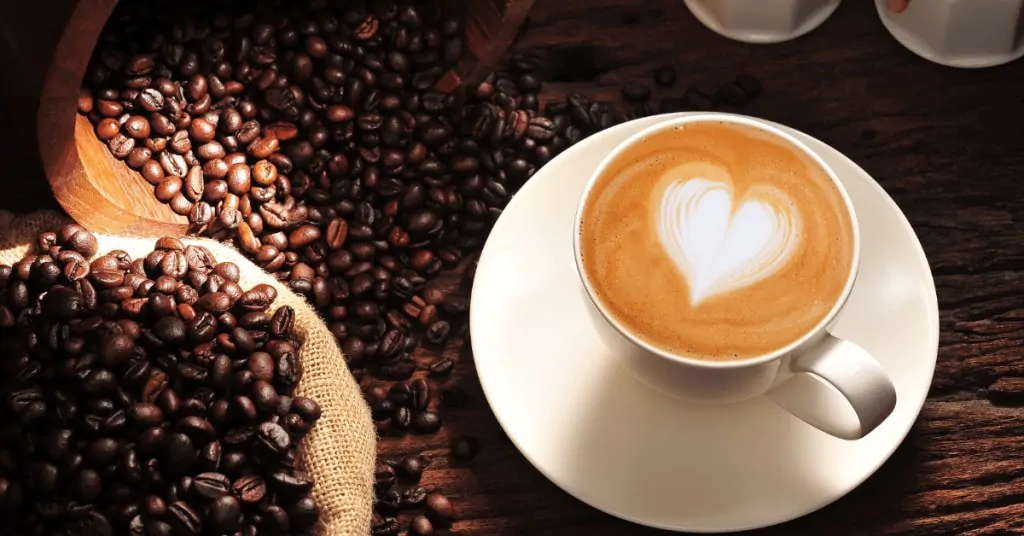
In general, and in history, lattes are served hot.
This doesn’t mean they must always be hot. Iced lattes have grown in popularity in recent years, and are now a staple at almost every coffee shop.
No matter the temperature, all lattes are made with espresso and milk. In hot lattes, the milk is steamed to create a fluffy texture or microfoam. In iced lattes, a hot espresso is mixed with chilled milk and poured over ice.
The latte you know from your local shop hasn’t been around for too long.
Coffee and milk have been enjoyed together since the early days of coffee brewing. But it wasn’t until the 1940s that we had the ability to make true espresso.
And it wasn’t until the 1980s with the rise of Seattle baristas that we started to see lattes topped with art.
That being said, there isn’t a storied history or tradition of how lattes should be prepared or served.
What temperature should your latte be?
A hot latte is usually served between 150 and 165 degrees Fahrenheit. Not too hot to burn or lose any tase, but warm enough to be pleasant and let all the taste come out.
This is just a rule of thumb. Lattes can be served however hot you want.
Keep in mind, though, that there is a perfect temperature for latte art and texture. Ordering an extra hot latte will result in a less tasty drink. (More on how temperature changes lattes later.)
An iced latte is a little easier, as milk can be poured straight from the fridge and poured over espresso.
The tricky thing about iced lattes, however, is that the espresso and milk should be mixed before being poured over ice.
Pouring hot espresso over ice will melt the ice into the latte, watering down the drink and significantly losing taste. That’s why the last few sips of an iced latte always seem watery and not as tasty as the first few.
It’s possible to pour milk over ice first and then the espresso on top, but personally, I have found that the drink doesn’t mix as well. I always had better success mixing the espresso and milk separately before pouring the drink over ice.
Cafe lattes or to-go lattes?
Whether you sit down in a cafe to enjoy your latte or take it with you to go will affect the temperature of your drink.
Porcelain mugs often found in cafes are thick and hold heat well. You can enjoy a properly warmed latte for a while after it’s poured.
But don’t wait too long!
Eventually, the texture of the milk will start to go flat and you’ll be left with a cold coffee.
On the other hand, paper to-go cups don’t hold heat very well. Your latte will start to lose heat quickly when poured into a paper cup.
Shops sometimes double cup lattes to slow down the loss of heat.
If having a hot latte to enjoy for an hour or two while you’re on the go is important, I would highly recommend getting a quality travel mug.
Baristas would much rather pour your latte into a nice mug than a flimsy to-go cup.
Baristas tend to make drinks a little hotter for to-go cups so that they stay warm for longer. But they should still be around 160 degrees.
Should you order extra-hot lattes?
Sometimes having a latte stay warm for a long time is nice. One way to go about that is ordering it extra-hot.
While that is okay, just know that you will sacrifice some quality in exchange for the heat. It’s hard to keep milk texture consistent when making an extra-hot latte.
Ordering an extra-hot latte might result in too much milk foam and a boiled taste in the milk.
Check with your local barista about ordering extra-hot, some baristas don’t mind while some really dislike making extra-hot drinks.
The temperature of espresso in a latte
While it isn’t necessary to get into the full history of espresso, what you need to know is that coffee brews best between 195 and 205 degrees Fahrenheit.
If the water brewing the coffee is too hot, the coffee takes on a burnt and bitter taste. If it is too cold, the coffee doesn’t extract enough and tastes watery or acidic.
The same is true for espresso.
Even the earliest machines were able to achieve a brewing temperature of about 195 degrees Fahrenheit. The accuracy of brewing temperature throughout the 20th century only improved, as did the consistency of the espresso.
With that consistency and accuracy, baristas were able to take more control over their espresso.
The temperature of milk in a latte
For you, as a latte drinker, the temperature is most important.
What you need to know about heating milk for espresso is that milk is sweetest at around 140 degrees Fahrenheit. This is because the lactose in milk starts to break down and release sugar.
In general, baristas will heat and texture milk to anywhere between 135 and 150 degrees Fahrenheit.
If the milk gets too hot, it starts to boil. Boiled milk makes the texture too bubbly and it starts to taste burnt. Neither is ideal for a latte.
Combining an espresso of about 200 degrees with milk of around 150 degrees gives you a perfect latte of around 155-160 degrees.
How to keep your latte warm
The best way to keep a latte warm is to drink it!
As a latte cools down, the milk and coffee mix together and start to lose sweetness. Milk tastes sweetest when close to body temperature, so keeping your latte warm is important.
Lattes tend to be enjoyed more slowly than straight espresso or aperitifs like cortados.
If you make a latte at home, the best way to keep it warm is to put it in an insulated travel mug.
A good travel mug will keep your latte warm for hours, so you can be out and about and still have a warm drink.
PRO TIP
Rinse your travel mug with hot water before pouring in your drink. This makes the mug itself closer to the temperature of the drink. You won’t lose as much heat to the mug when you rinse with hot water.
Flavored lattes
While a standard latte is a very popular drink, flavored lattes have skyrocketed in popularity in recent years.
Adding flavor like vanilla or pumpkin spice to a latte doesn’t change the hallmarks of a good drink.
Flavored lattes can be served either cold or hot.
Hot flavored lattes should sit at around 160 degrees Fahrenheit.
My favorite way to add sugar to a latte is to pull the espresso directly onto a spoonful of raw sugar. This process allows the sugar to dissolve into the espresso throughout the brew, adding depth and roundness to the sweetness of the drink.
Conclusion
Now you know that lattes can be served either hot or cold, but historically have been served hot.
Around 160 degrees is the perfect temperature for your hot latte!
Don’t forget, coffee is all about personal taste, so let your barista know exactly what you want from your drink!
It’s also possible to make your own lattes at home; just remember the basics of what makes a hot latte.
Happy brewing!



